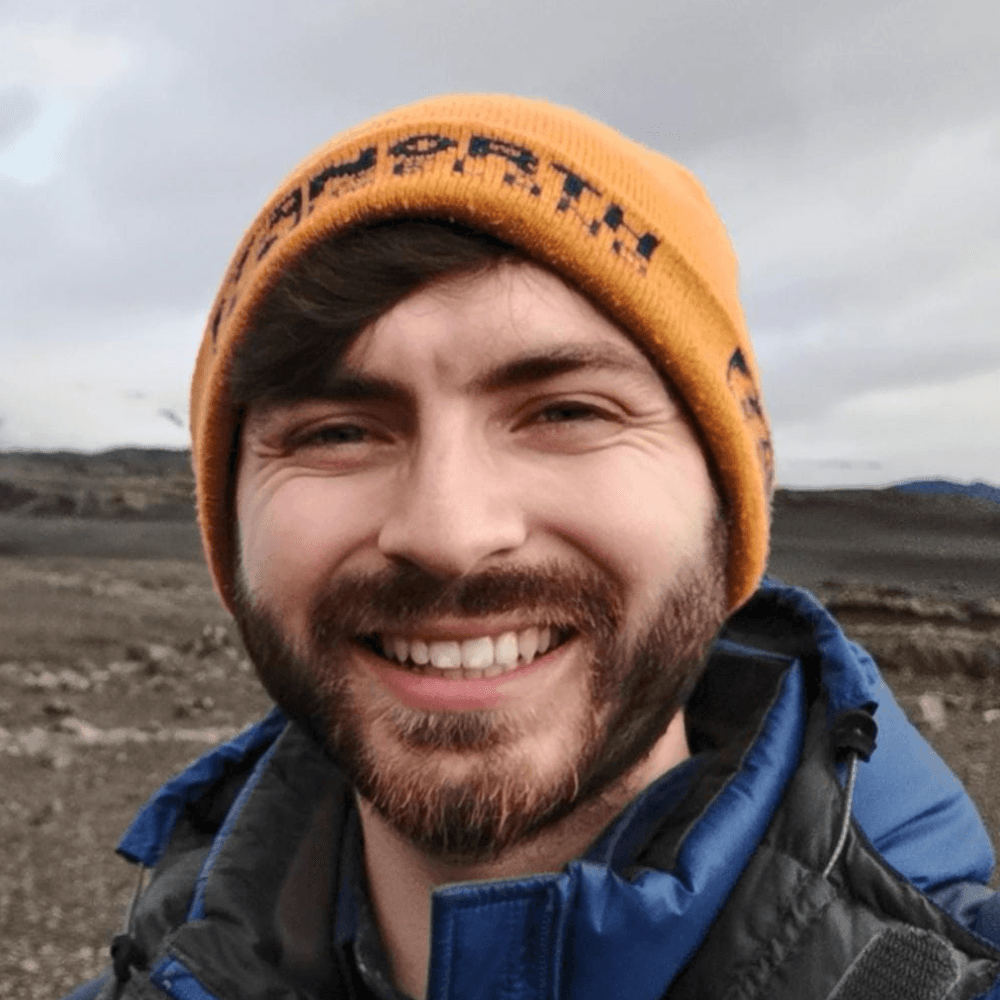Report on the Second Poás Volcano Field Workshop
Report on the Second Poás Volcano Field Workshop

Dr. Conor Bacon
Postdoctoral Research Scientist

Developing an open, multi-parameter platform for real-time volcano monitoring
AVERT is establishing open-data, real-time, multi-sensor community experiments on active volcanoes in a number of settings around the world. The number of instruments in more than 3 countries around the world has grown to more than 20+ and continuing.
Open web tools for data visualisation and analysis

Lead PI, Geochemistry

Lead Co-PI, Physical Volcanology

Postdoctoral Research Scientist

Software Engineer

Co-PI, Engineering

Graduate Student, Volcanology

Co-PI, Geodesy

Co-PI, Seismology

Co-PI, Submarine Geophysics

Co-PI, Gas Emissions
Learn more about our funding and partnerships with volcano observatories around the world